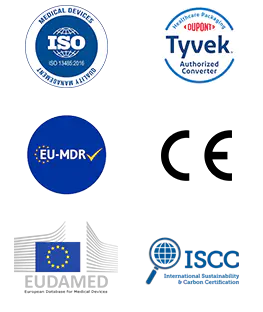The medical industry continuously seeks materials that can meet stringent sterilization and hygiene requirements while remaining adaptable to diverse applications. One product making its presence felt is the sterilization flat roll from Hopeway AMD. As healthcare facilities, laboratories, and manufacturers strive to maintain high standards of cleanliness and safety, these rolls offer reliable support in sterilization processes across various environments.
Content
Introduction to the Material
These flat rolls are versatile products widely used in hospitals, clinics, and medical manufacturing units. They provide an effective barrier against microbial contamination during sterilization procedures. Unlike conventional packaging, the material is designed to maintain its integrity under rigorous conditions, whether during steam, ethylene oxide, or other sterilization methods. Their adaptability makes them suitable for wrapping instruments, covering sensitive items, and serving as temporary protective layers during storage or transport.
Healthcare institutions depend on materials that can withstand repeated sterilization cycles without losing functionality. Flat rolls fulfill this requirement by combining flexibility with durability. Manufacturers have been exploring ways to enhance performance, focusing on barrier properties, ease of handling, and compatibility with multiple sterilization approaches.
Applications in Healthcare and Industry
The primary function of these rolls is to facilitate safe handling and storage of medical instruments and consumables. Hospitals frequently use the product in operating theaters, dental clinics, and outpatient facilities. The material's resistance to microbial penetration ensures that instruments remain sterile until needed for procedures.
Beyond hospitals, manufacturers of medical devices employ flat rolls during production and packaging. Instruments such as forceps, scalpels, and trays can be wrapped and sealed, maintaining sterility during shipping and storage. Laboratories handling sensitive specimens or research equipment also benefit from the protective properties of these rolls.
In addition to hospital and laboratory usage, sterilization rolls are increasingly relevant in logistics and transport of medical supplies. During shipment, these materials help maintain sterility of instruments and kits, preventing contamination from external factors such as dust, moisture, or temperature fluctuations. Some manufacturers provide pre-cut or custom-sized sheets for packaging, making it easier for facilities to handle bulk shipments efficiently while minimizing the risk of compromised sterility.
| Application Area | Typical Usage |
| Hospitals | Wrapping surgical instruments, trays, and kits |
| Dental Clinics | Protecting tools and consumables |
| Laboratories | Maintaining sterility of equipment and samples |
| Medical Device Production | Packaging instruments for shipment |
| Pharmaceutical Facilities | Covering sensitive materials during transport |
Benefits for Sterilization Processes
The effectiveness of these materials is largely determined by their ability to resist high temperatures, moisture, and chemical exposure. They maintain structural integrity while allowing sterilization agents to penetrate and disinfect contents effectively.
One significant benefit is ease of handling. Unlike some rigid packaging, flat rolls can be cut, folded, or layered according to specific needs. This flexibility reduces waste and allows for customization in sterile packaging procedures. Additionally, operational efficiency improves as medical staff can wrap instruments quickly without compromising sterility.
Sustainability has also become an important focus. Some manufacturers incorporate environmentally conscious production practices, using recyclable components and optimizing energy use. This approach aligns with broader efforts in healthcare facilities to reduce environmental impact.
Industry Trends
The market for sterilization materials is evolving, driven by technological advancements and regulatory requirements. New features under development include antimicrobial coatings, tear-resistant structures, and improved moisture barriers. These innovations enhance protection while simplifying compliance with hygiene regulations.
Quality control is critical in this sector. Sophisticated testing ensures consistent performance, and automated production lines help reduce contamination risks. Some manufacturers are developing multi-functional rolls that combine barrier protection with sterilization monitoring, allowing facilities to streamline procedures and improve efficiency.
Considerations for Selection
Choosing the appropriate material involves evaluating compatibility with sterilization equipment, ease of handling, storage needs, and environmental impact. Certifications and adherence to regulatory standards are essential for ensuring safe usage.
Healthcare administrators value consistency. Materials that maintain performance over multiple sterilization cycles help reduce the risk of compromised sterility. Supplier guidance regarding handling and storage practices further supports reliable outcomes.
Another important consideration for healthcare facilities is cost-effectiveness. Sterilization rolls can be tailored to reduce material waste by allowing precise cutting and layering according to specific instrument sizes. This flexibility not only lowers unnecessary expenditure but also helps facilities optimize inventory management. When combined with long-lasting durability, these materials provide a practical balance between operational efficiency and financial prudence.
Storage and Handling Guidelines
Proper storage is essential for maintaining the material's effectiveness. Rolls should be kept in dry, cool conditions away from direct sunlight or harmful chemicals. Careful handling prevents creasing or tearing that could compromise sterility.
Routine inspection before use ensures that the material remains uncontaminated. Staff training on handling procedures supports overall safety in medical environments.
Proper staff training is essential to maximize the effectiveness of sterilization rolls. Personnel should be familiar with cutting, folding, and sealing techniques to ensure consistent sterility. Regular workshops and visual guides can help standardize procedures across departments, reducing errors and supporting compliance with hygiene regulations. By integrating these practices, facilities can achieve safer workflows and prolong the usability of the materials.
Environmental and Regulatory Focus
Environmental responsibility is increasingly emphasized in medical materials. Manufacturers are adopting recyclable or biodegradable components where possible. Compliance with environmental regulations allows healthcare facilities to meet sustainability targets without compromising hygiene standards.
Regulatory adherence is equally important. Materials intended for sterilization use must meet national and international standards to ensure compatibility with sterilization processes and safe interaction with instruments. Certifications provide confidence for both procurement teams and end-users.
Future Outlook
Demand for sterilization materials is expected to grow due to higher healthcare standards and rising awareness of infection control. Expanding healthcare infrastructure in emerging economies and increasing focus on innovation in established markets create opportunities for material development.
Advances in material science are likely to introduce features such as enhanced tear resistance, multi-purpose designs, and improved barrier properties. Suppliers who meet evolving safety and regulatory requirements are positioned to address these emerging needs effectively.
Emerging materials are being developed to enhance both performance and usability. For example, some rolls now incorporate lightweight, tear-resistant layers that facilitate faster wrapping without compromising protective qualities. Research is also exploring smart features such as visual indicators for sterilization completion. These advancements indicate a broader trend towards more user-friendly and versatile sterilization solutions in healthcare and medical manufacturing.
Flat rolls designed for sterilization offer practical solutions for healthcare and medical manufacturing sectors. Their ability to maintain sterility, combined with flexible handling and compatibility with multiple sterilization methods, supports operational efficiency and hygiene standards.
As hospitals, laboratories, and manufacturers continue to prioritize infection control, these materials will remain an essential part of modern healthcare workflows. Advances in design, environmental considerations, and quality assurance will ensure they continue to meet evolving industry demands.

 English
English Français
Français Deutsch
Deutsch Nederlands
Nederlands

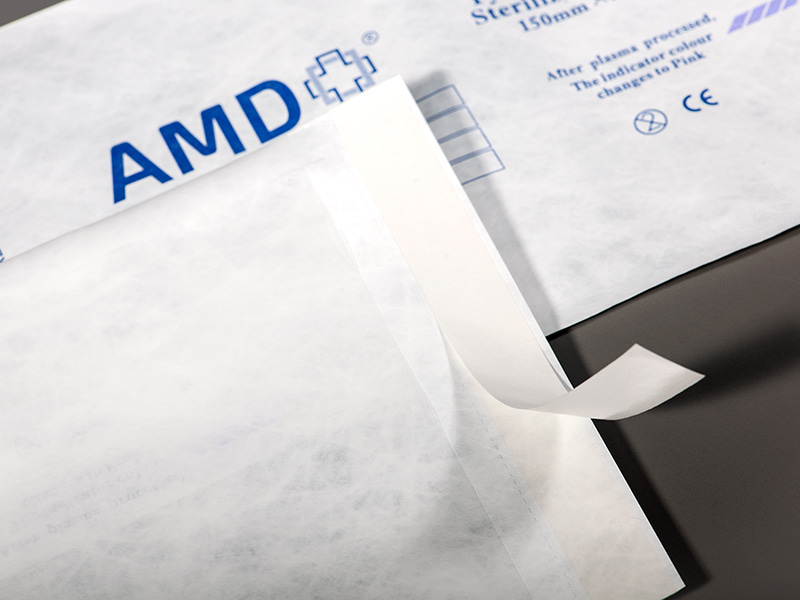
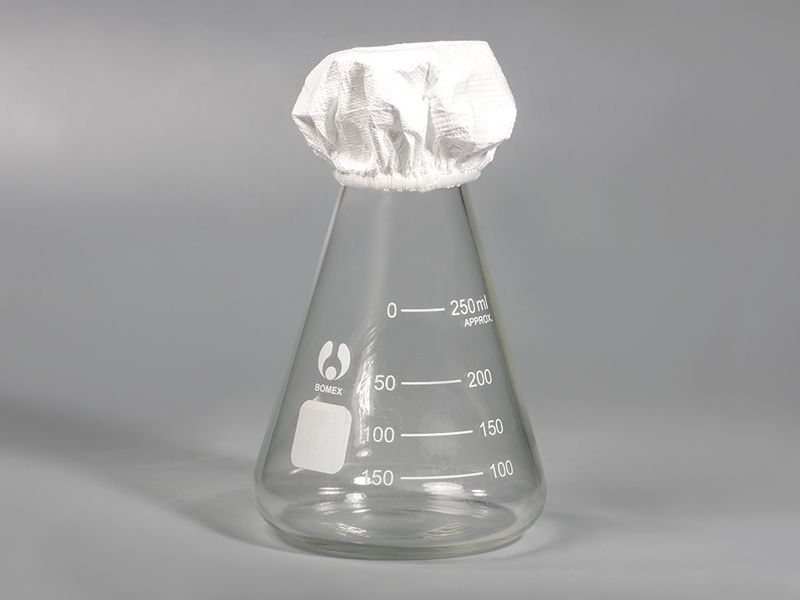



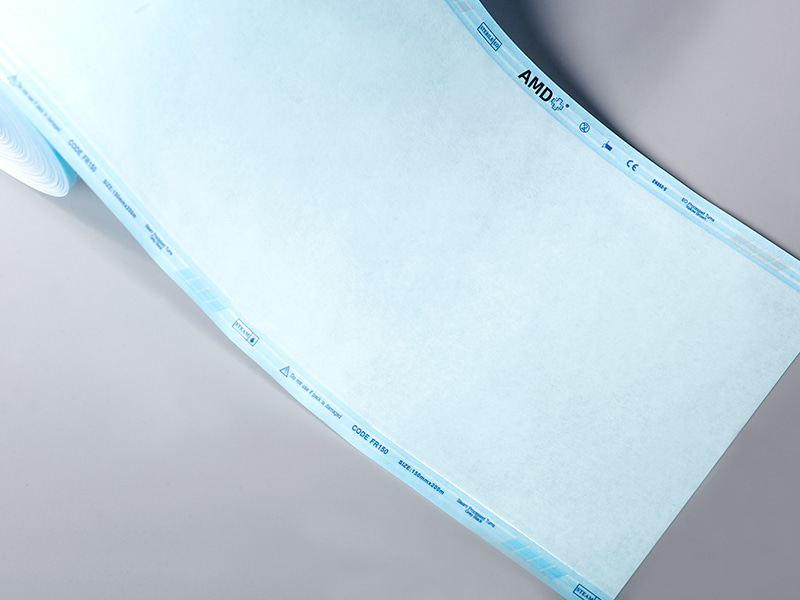
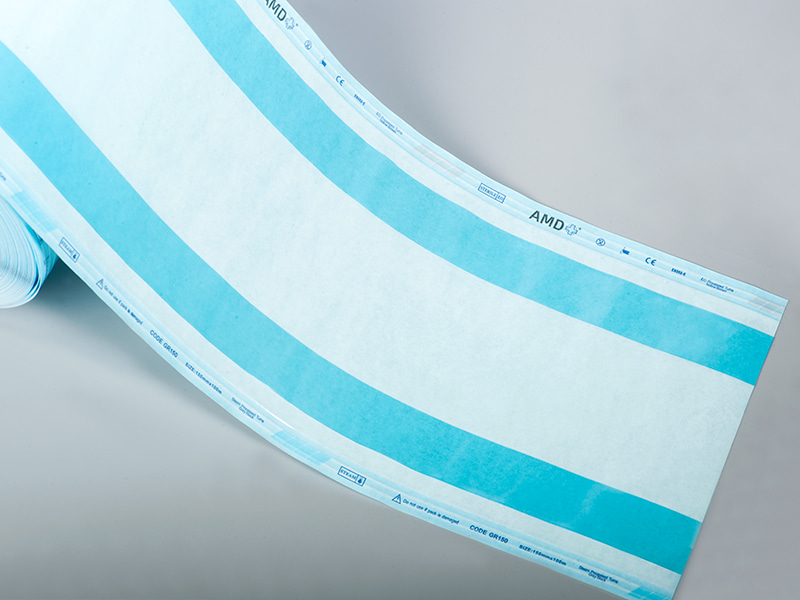





 ‘s-Gravenweg 542, 3065SG RotterdamThe Netherlands
‘s-Gravenweg 542, 3065SG RotterdamThe Netherlands
 +31 (0)10 254 28 08
+31 (0)10 254 28 08
